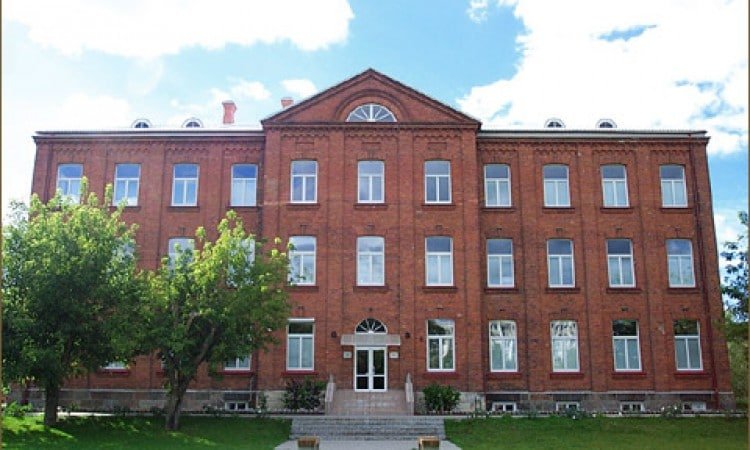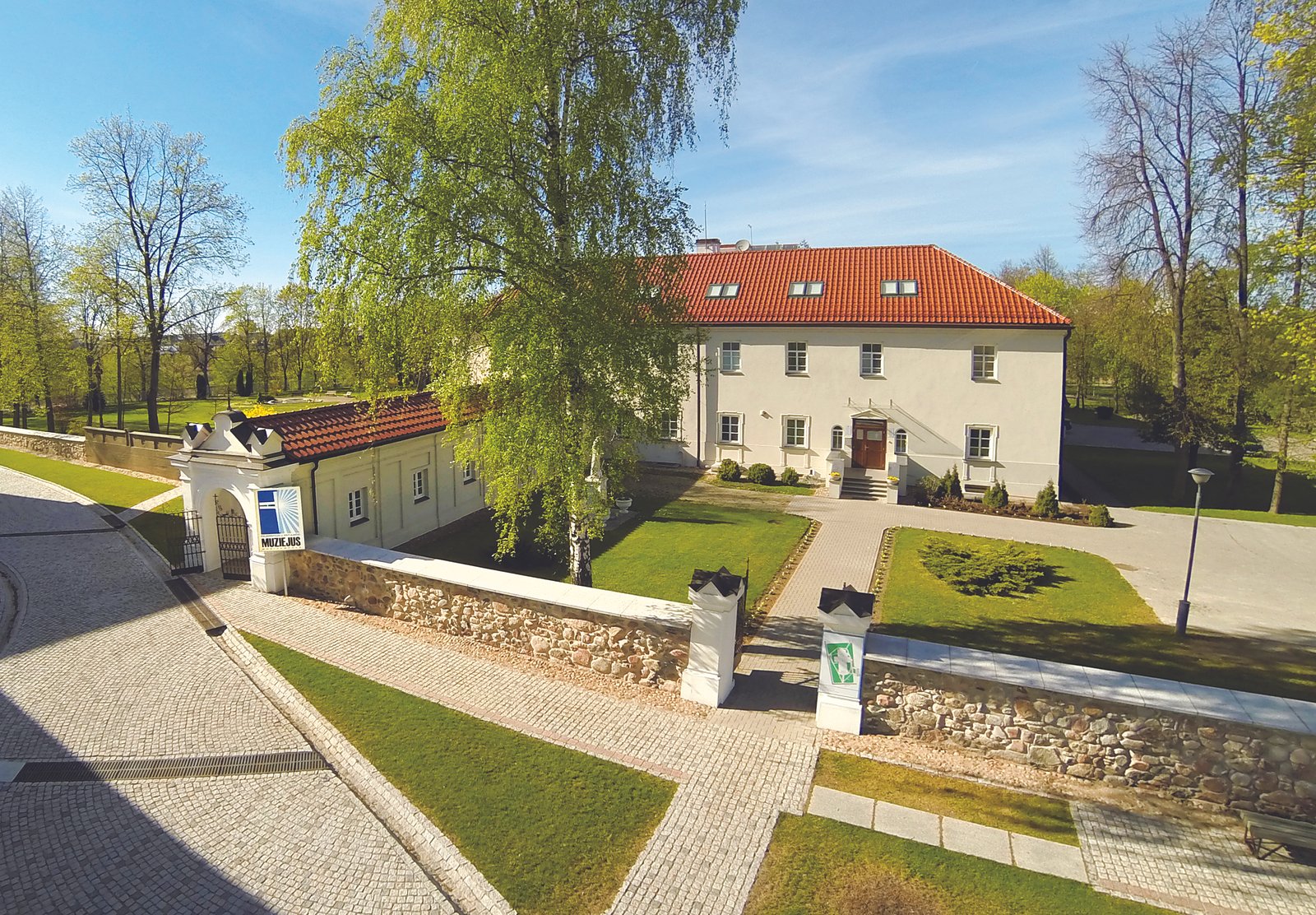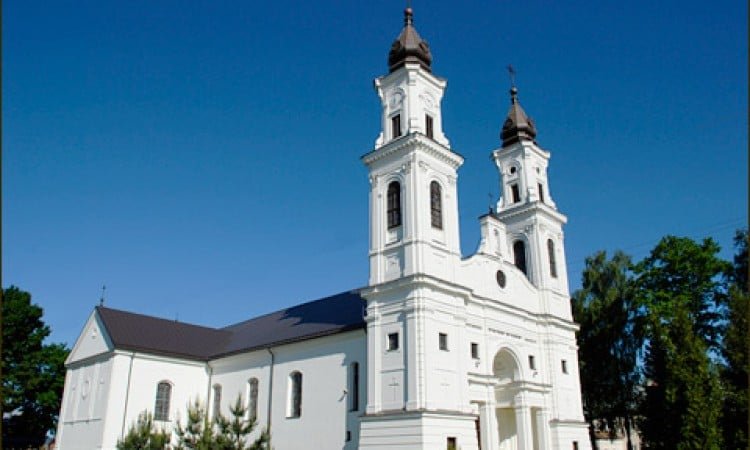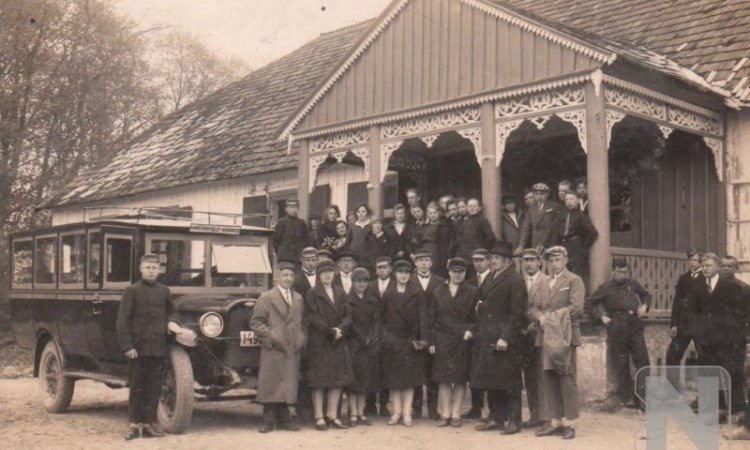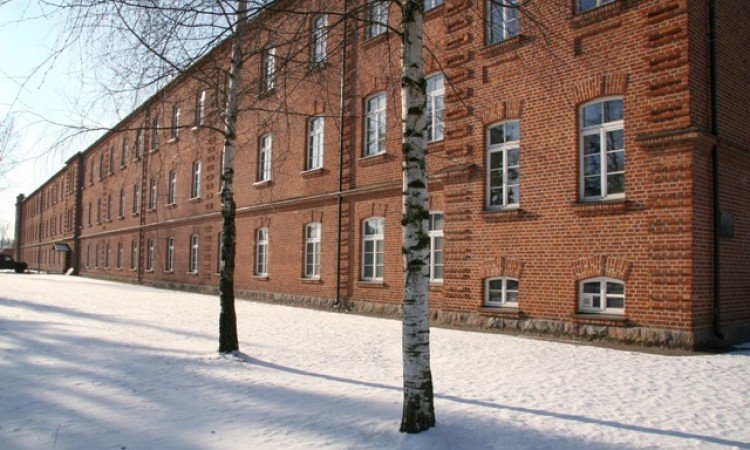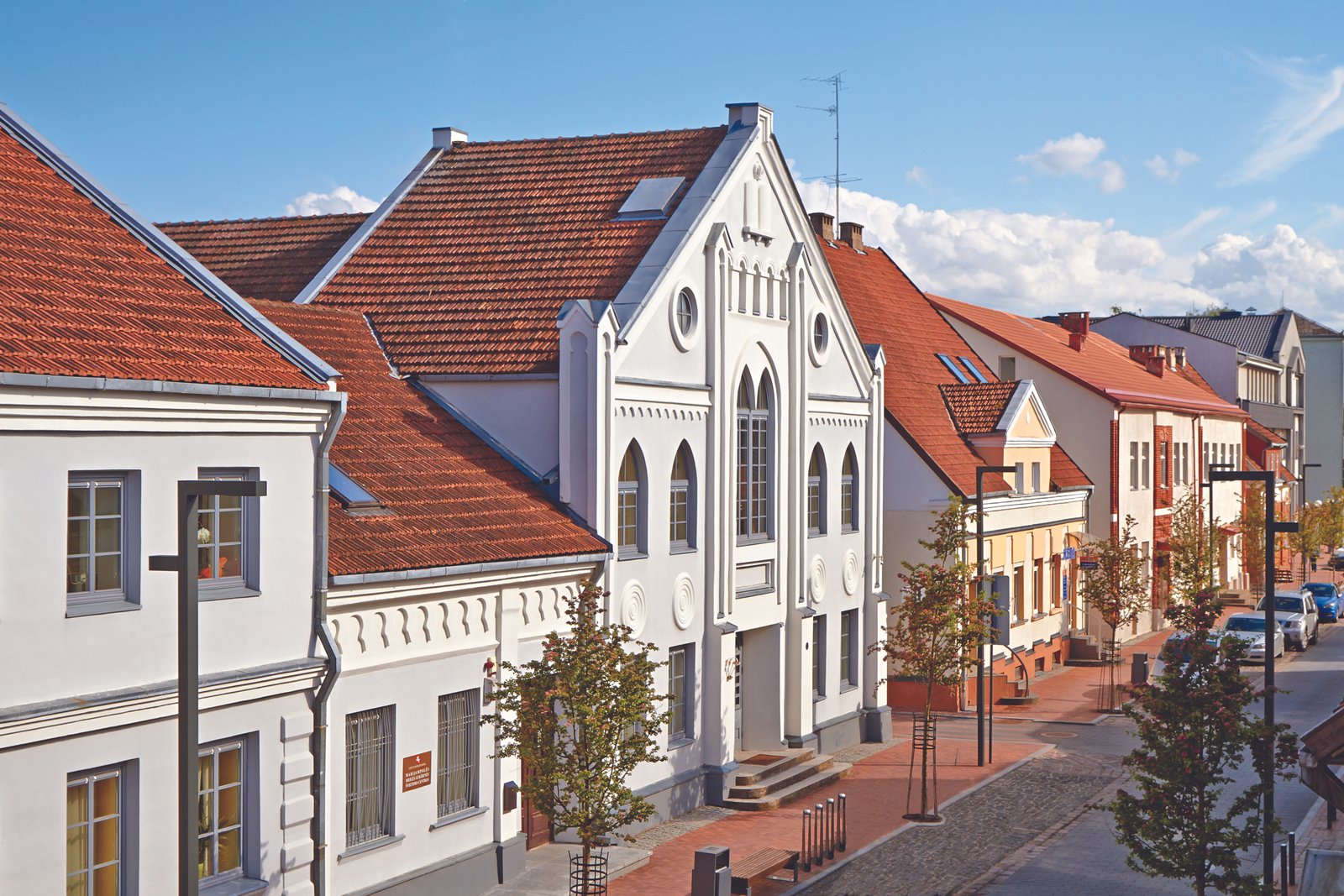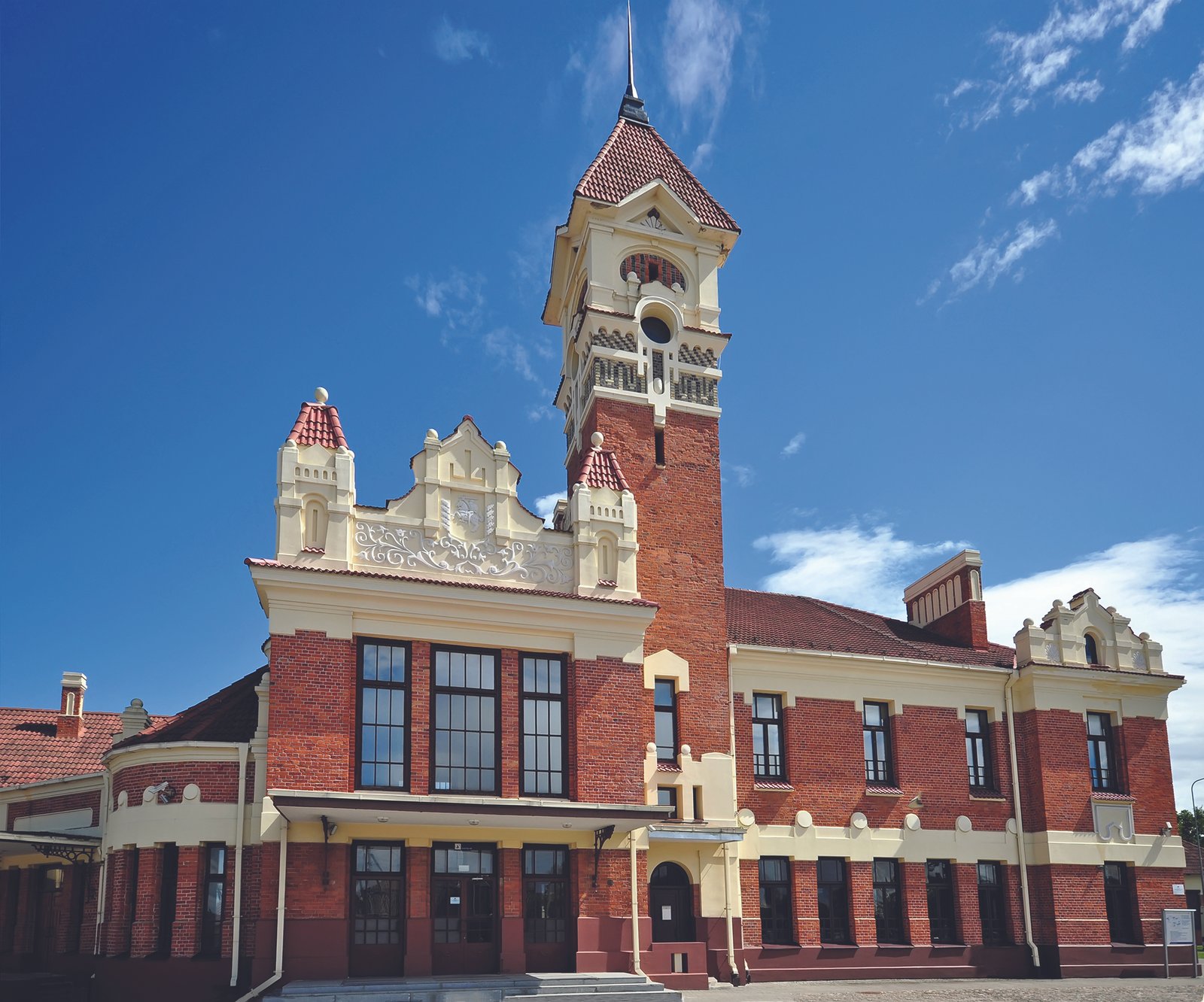Marijon Printing House and Library
Marijonai press and library was built in 1927 and was working till 1940. It had a huge impact in the Lithuanian press evolution. The printing house released 360 publications and had 6 periodic publications (from 1918 to 1940). The library had more than 50 000 volumes (at that time it was the third biggest library in Lithuania). Also, there was a bindery and periodic publications redactions together with printing house. The building was very spacious and modern, with many separated rooms for administration, printing work and even for short breaks. J. Matulaitis was planning to save everything that was written in the Lithuanian language as well as articles about Lithuania from other countries. The printing house of Marijampolės Marijonai and all the publications are the most important and oldest Lithuania heritage. What is more, the printing house had huge impact at interwar time. Without Lithuanian fonts they also had Greek, Hebraic and Russian fonts. The library was closed in 1940, after Soviet Union occupied Lithuania. Now the printing house have Blessed Jurgis Matulaitis pilgrims center, a library which has rare printed fonts. The building was renovated a couple of years ago.


